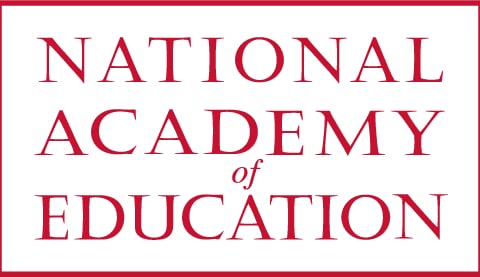Learning to Protest: The Politics of Youth and the High School Education of the Civil Rights Generation, 1900-1970
Jon Hale
About the research
Award
NAEd/Spencer Postdoctoral Fellowship
Award Year
2015
Institution
College of Charleston
Primary Discipline
History of Education
High school student protests across the American South shaped the most important legal campaigns and protests of the Civil Rights Movement. In 1951, high school students at R.R. Moton High School in Prince Edward County, Virginia, walked out of their school in protest of unequal school facilities. They contacted the NAACP in Richmond and initiated one of the five court cases that constituted the Brown v. Board of Education (1954) decision. Four years later, Claudette Colvin, a fifteen year old student at Booker T. Washington High School in Montgomery, Alabama, refused to give up her seat on a segregated public bus. Colvin’s defiant stand followed weeks of studying the United States Constitution, but occurred nine months before Rosa Parks’ arrest that triggered the now famous Montgomery Bus Boycott. Segregated high schools were critical spaces of resistance throughout American history, but they have been overlooked in the historiography of the Civil Rights Movement. Young people today learn about the role of the NAACP and the Brown (1954) decision and Rosa Parks and the bus boycott, yet they rarely learn about the critical role of young people like Colvin, and the high schools they attended, in shaping the course of the Civil Rights Movement.This project examines four sites of high school protest in Prince Edward County, Virginia, Montgomery, Alabama, Charleston, South Carolina, and Jackson, Mississippi. The historically black high schools in these locations illustrate the dynamic contextual interplay between students, teachers and the NAACP and demonstrate how the high school emerged as a critical site of protest during the Civil Rights Movement. The history of secondary education reveals how educators, the NAACP Youth Council, students, and shifting conceptions of youth intersected to transform the high school into a site of political resistance. Black teachers organized professionally to secure rights necessary to provide a quality education during the era of segregation and they instilled notions of participatory citizenship among their students. Concurrently, the NAACP formed Youth Councils to guide young people into joining the burgeoning Civil Rights Movement. Conceptions of youth and their ability to engage in activism underpinned a new approach to the organization of social and political dissent at the high school level. This both relied on, and was a product of, a shift in views about the role of youth in social protest. The view of young people in the 1930s as passive recipients of top-down and bureaucratic organization was supplanted by a notion of young people as autonomous actors in the Civil Rights Movement. By the 1950s, decades of organizing young people through the NAACP Youth Council and teaching high school courses in black history precipitated a wave of protests and demonstrations among high school students that influenced the history of the Civil Rights Movement.This educational history deepens our understanding of the Civil Rights Movement to include segregated black high schools and affiliated professional organizations, such as the NAACP Youth Councils, that worked closely with high schools. It also revises a prevailing thesis that high school teachers and students were passive and indifferent. Moreover, this history provides a historical lens through which to understand recent high school demonstrations. Though contemporary coverage of these protests typically portray such demonstrations as ahistorical, this history reminds us that public high schools have been, and still can be, instrumental locations for perpetuating an active sense of civic engagement and political participation.
About Jon Hale
Jon Hale is an assistant professor of educational history at the College of Charleston in South Carolina. Jon completed his Ph.D. in 2009 from the University of Illinois at Urbana-Champaign. His research examines the role of education in contesting social, political and economic inequality during the Civil Rights Movement. Through archival research and an extensive oral history project, Jon has examined the history of student and teacher activism, grassroots educational programs, and segregated high schools as sites of political resistance since 1865. His research, generously funded by the Spencer Dissertation Fellowship in 2008-2009, has been published in history and education journals, including the Journal of African American History, the History of Education Quarterly, South Carolina Historical Magazine, and the Journal of Social Studies Research. Jon also has a forthcoming manuscript, The Freedom Schools: A History of Student Activists on the Frontlines of the Mississippi Civil Rights Movement, with Columbia University Press (2016). He is a co-editor, with William Sturkey, of The Freedom School Newspapers: Writings, Essays and Reports from Student Activists During the Civil Rights Movement (University Press of Mississippi, 2015). Jon commits his service to civil rights education initiatives such as the Quality Education as a Constitutional Right effort, the Freedom Schools, the Quality Education Project and the Southern Initiative of Algebra Project.
